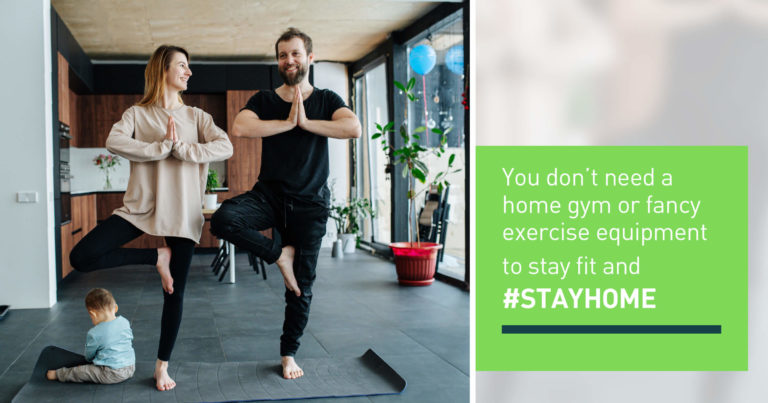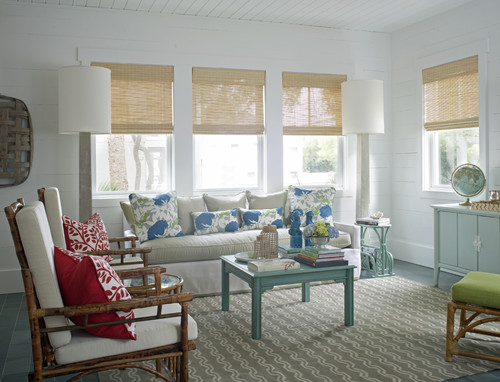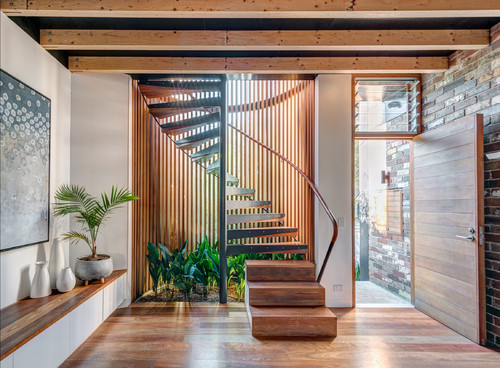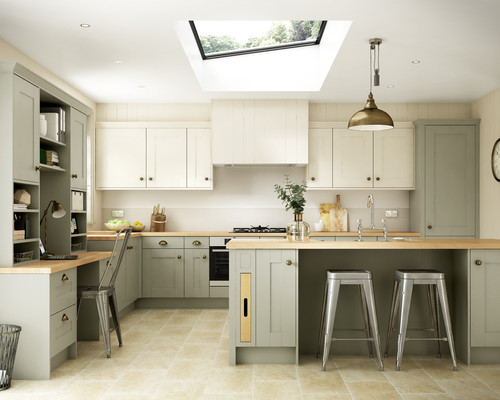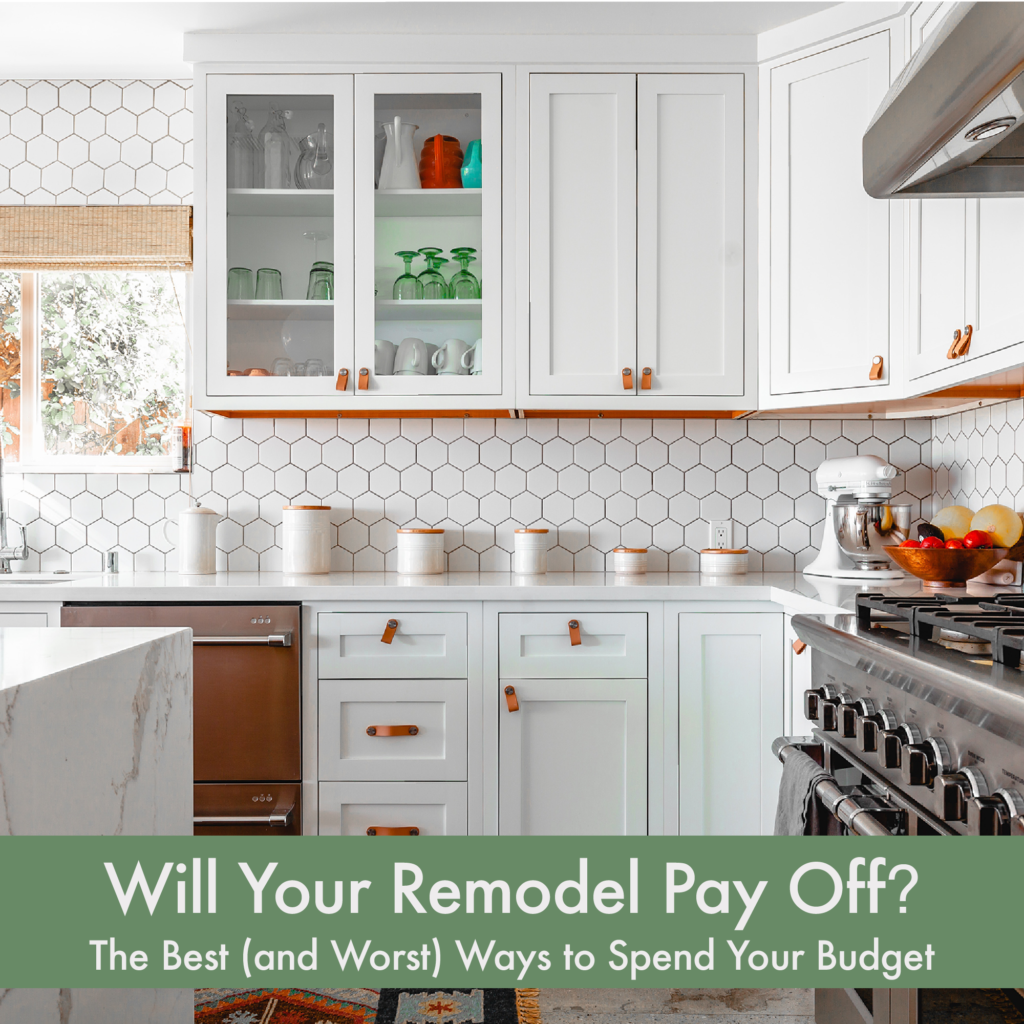The beginning of hurricane season sneaks up on us every year. The season runs from June 1 to November 30. Take a few steps now to avoid being overwhelmed in the coming months
8 Tips for preparing for the season
Make sure everyone in your home knows your plan for when a storm comes. This includes preparing at work, school, daycare or for elderly relatives.
Remember your list of supplies? This year, add your Covid-19 facemasks, hand sanitizer and cleaning supplies. Remember your pets and keep a two-week supply of food for them too.
Shop soon! The 2020 Disaster Preparedness Sales Tax Holiday is already underway and runs through June 4.
Know your evacuation zone and route to get there. This is from experience for our family: the State of Florida prefers that you do not actually evacuate out of state. Locate your safe zone where flooding and rising waters won’t reach. Shelter there in order to minimize traffic on major arteries. During Hurricane Irma, it took my family two days to reach Nashville as I95 throughout Florida was unable to handle the rush. In a state of 18-million residents it was estimated that half tried to drive out-of-state.
Scan your home insurance documents, car insurance, and health insurance and upload to a Google Drive or other storage online.
Start working on your home:
- Know how to install your shutters
- Clean your roof and gutters
- Arrange to trim your tall trees of coconuts and branches that need attention
- Be aware of what needs to be moved in a storm and make a handy reminder list
- Know your utility shutoffs
Prepare your tech: chargers, battery powered radios and gas canisters. Over the years we’ve become so dependent on the internet that nearly every device that plays music or television needs an online connection. Locate your battery operated radio.
Help out in the neighborhood. Check with the neighbors and see who needs assistance. Are your senior neighbors looked after? Is there a plan for everyone nearby?
From FEMA here’s their longer preparation list


